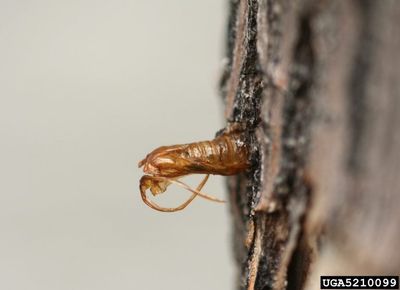Lilac Borer Information
Lilac borer pests (Podosesia syringae), also known as ash borers, are clear-wing moths. However, according to lilac borer information, adult females look more like wasps. The insects are found throughout the continental United States. Borer larvae are what cause the lilac ash borer symptoms. The larvae are large, growing up to an inch (2.5 cm.) long. They damage lilacs and other plants by feeding on the phloem and outer sapwood of trees and shrubs. The principal lilac ash borer symptoms are the galleries they dig. These are extensive, even if only a few larvae are present on a tree and cause significant damage to the plant. Generally, lilac borer pests attack the main trunk of a lilac. However, they can also dig tunnels in larger branches.
How to Get Rid of Lilac Borers
If you are wondering how to get rid of lilac borers, you are not alone. Most gardeners whose plants show signs of borer symptoms want to rid their yard of these pests. However, managing lilac ash borers isn’t easy. Your best bet is prevention. Keep your shrubs and trees free of stress when they are young. The borers often are able to enter a tree when you cut the trunk with lawn equipment, so be especially careful. Also, take care to irrigate during dry periods. While you can prevent an insect attack with insecticide sprays and pheromone traps in spring to catch the adult males, this will not help with borers already inside the plants. To prevent the issue, begin spraying the plants 10 days after you trap the males with pheromone. If you don’t use the traps, spray your plants in early May when lilacs are just finishing bloom. Repeat the spray three weeks later.
